

Anthony Crawford
1990 Lamborghini Countach review
6 Days Ago
Cupra’s sporty wagon that takes the place of the Golf R will come with potent power, and a phenomenally frugal plug-in powertrain.
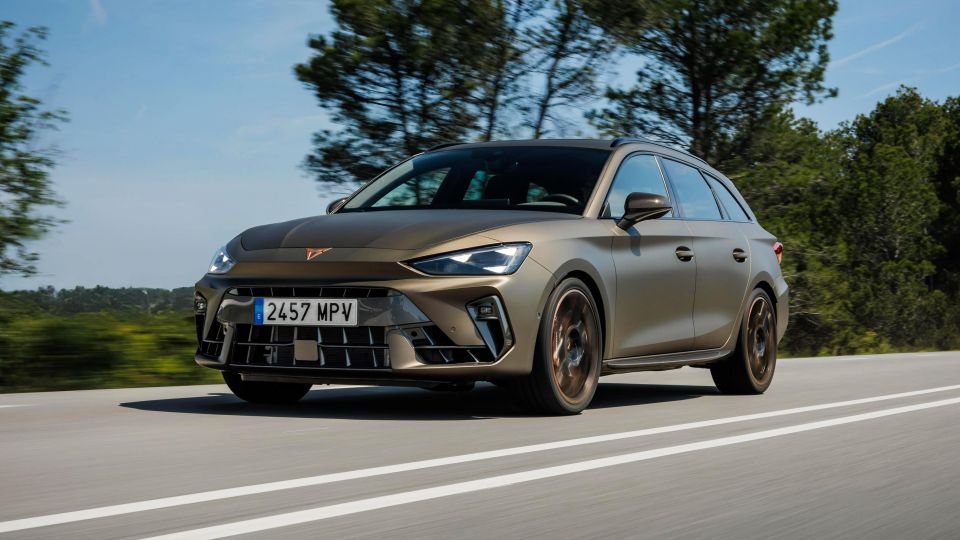
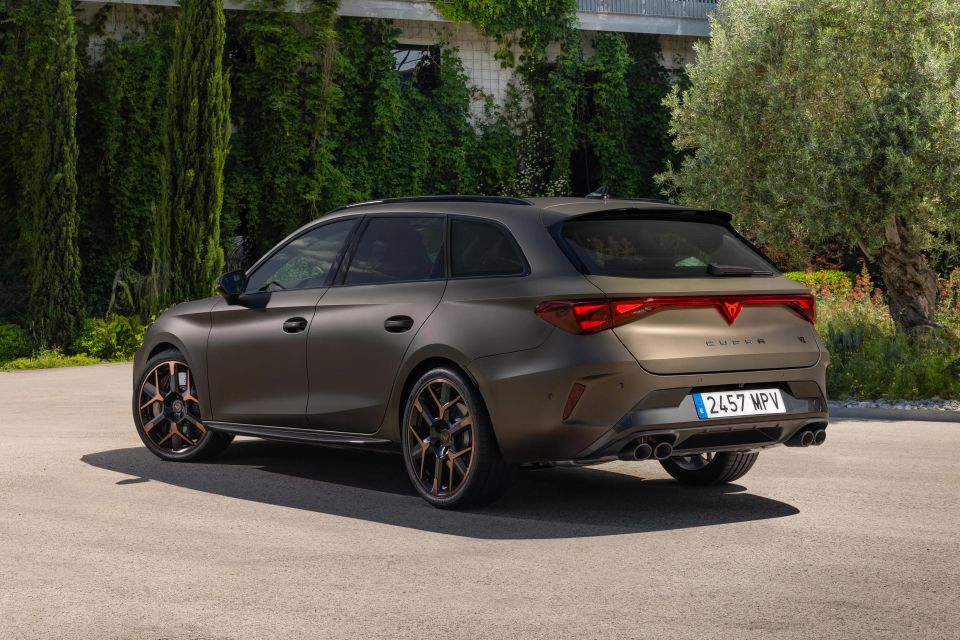

Quickly see how this car stacks up against its competition. Select any benchmark to see more details.
Where expert car reviews meet expert car buying – CarExpert gives you trusted advice, personalised service and real savings on your next new car.
The Cupra Leon Sportstourer has been confirmed for the Australian market, and the Spanish brand will undertake a two-pronged local approach for the sporty wagon in 2025.

The facelifted model will be available in two distinct flavours: the full-fat VZx with 245kW and all-wheel drive, which is undeniably a performance car in a practical body; or the VZ e-HYBRID, a 200kW plug-in hybrid with more than 120km of EV driving range possible.
For this review, I drove the latter in Spain across a mix of different situations to see if it too can offer the fun factor a buyer would want, and the frugality it promises.
And wow. I was very, very impressed.
That’s the probably $70,000 question.
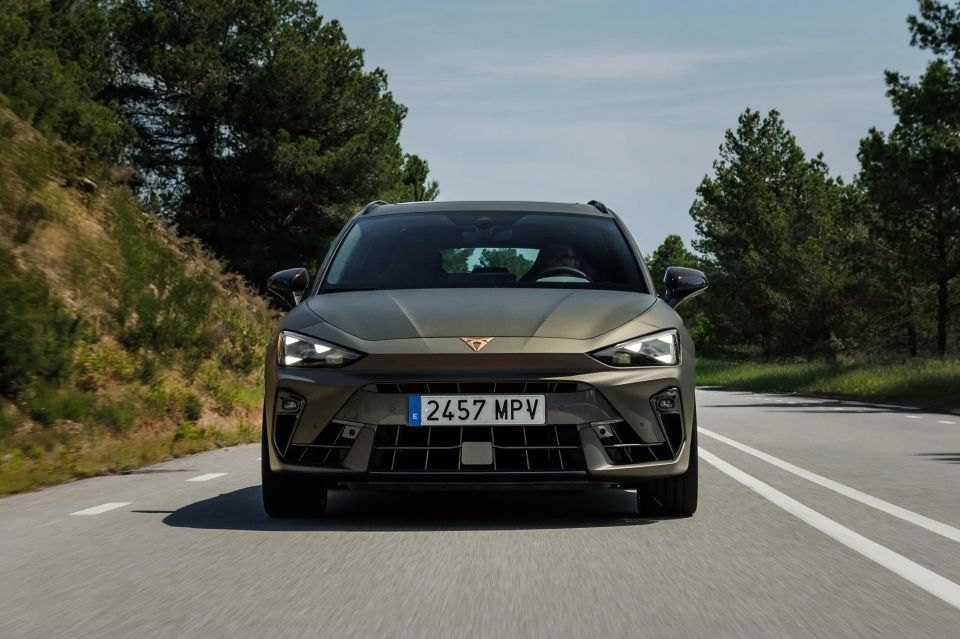
There is no pricing confirmed for either version of the Cupra Leon Sportstourer, but if the brand takes a similar strategy to its Leon hatch line-up, we could see price parity between the VZx performance petrol and the VZ e-HYBRID power plug-in.
For context, the current Leon hatchback in either VZx and VZe trim costs $61,690 plus on-roads, and I’d expect these wagons to carry a premium for the bodystyle, the additional tech, and the extra power they offer.
The interior of the updated Sportstourer models is improved, with a new media screen and new controllability to that display that makes it a more livable thing than the last model.
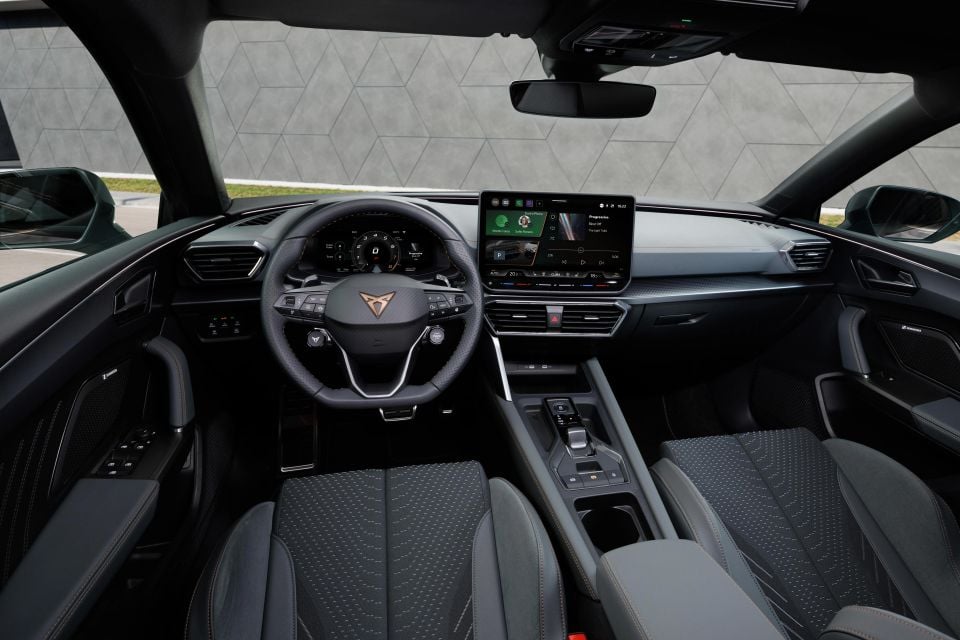
I was with Paul Maric in 2023 when we drove the pre-existing model, and we both lamented the controls on-screen.
Now, there’s a dedicated climate panel at the bottom of the display, with illuminated sliders for the temperature and volume just below. And further, the top of the screen can be set with a number of ‘favourites’ so you can more simply click and jump to where you want to be, rather than trying to figure out the (still confusing) home screen menus.
Adding to that, there’s even more customisation with a drop-down system so you can quickly reconfigure your preferred settings for the lane-keeping and speed sign recognition system, for example.
Beyond that, there’s the expected beautiful finishes, lashings of copper trim, and a number of eco-friendly materials too.

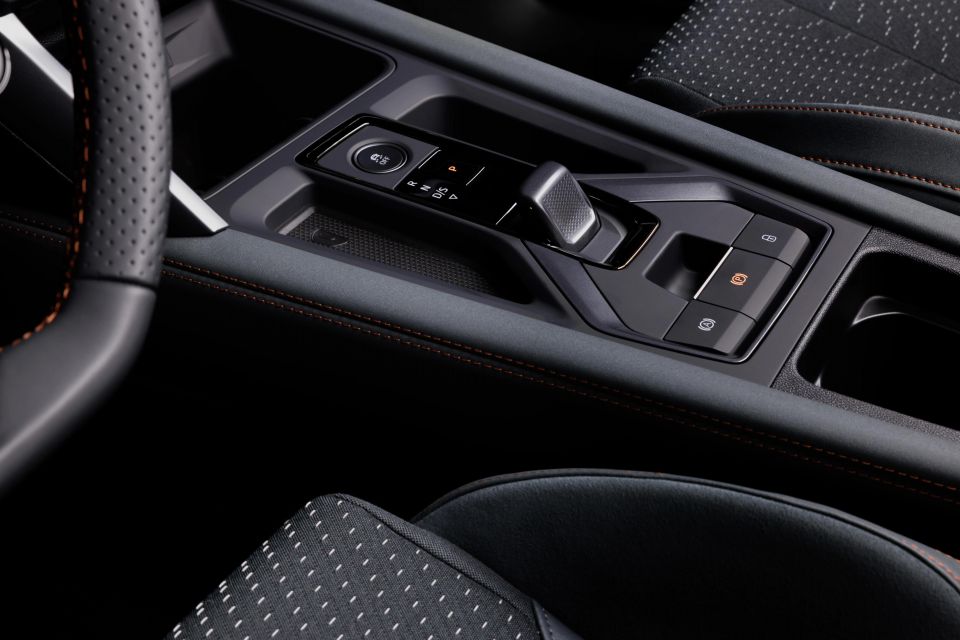
The steering wheel has buttons, not haptic controls (hallelujah), and you get handy storage between the seats with cupholders and a centre bin, plus big door pockets with bottle holsters.
It all looks, feels and works great up front.
In the back, there’s ample space for an adult my size (182cm/6’0”) to sit behind their own driving position with heaps of room to spare, and you can fit three adults across – even tall ones – as shoulder space and headroom are both impressive.
You really do sit down into the car, and that might spell back pain for parents with kids – there are ISOFIX points in the window seats and top-tethers for all three positions as well.
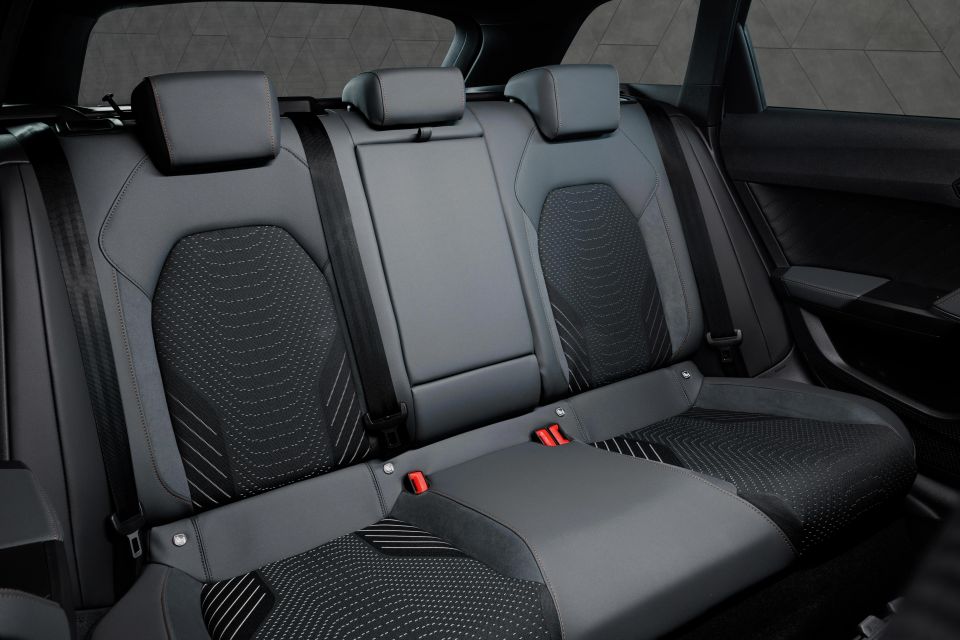
Other amenities in the back include USB-C ports, directional air vents, and a climate zone controller for rear occupants, as well as lighting, grab handles, a fold-down armrest with cupholders, and that also converts to a ski-port for longer items.
One downside of the model I tested was no rear map pockets. That’s because it had the sexy carbon-backed bucket seats.
Now, boot space?
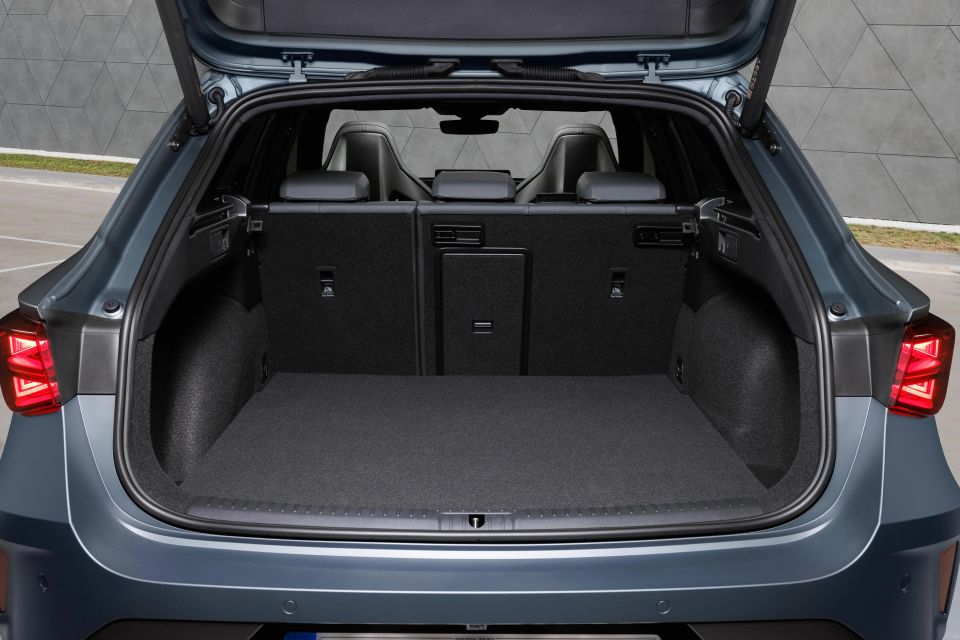
The VZ e-HYBRID has its battery pack mounted under the rear floor area so it has a bit smaller cargo capacity of 470 litres, compared to a generous 620L in the AWD petrol variant (that figure, though, assumes no space-saver wheel).
There are storage sections to the side plus shopping bag hooks and a light, a cargo cover and a caddy under the boot floor, too.
Okay, let’s start with the VZ e-HYBRID PHEV.
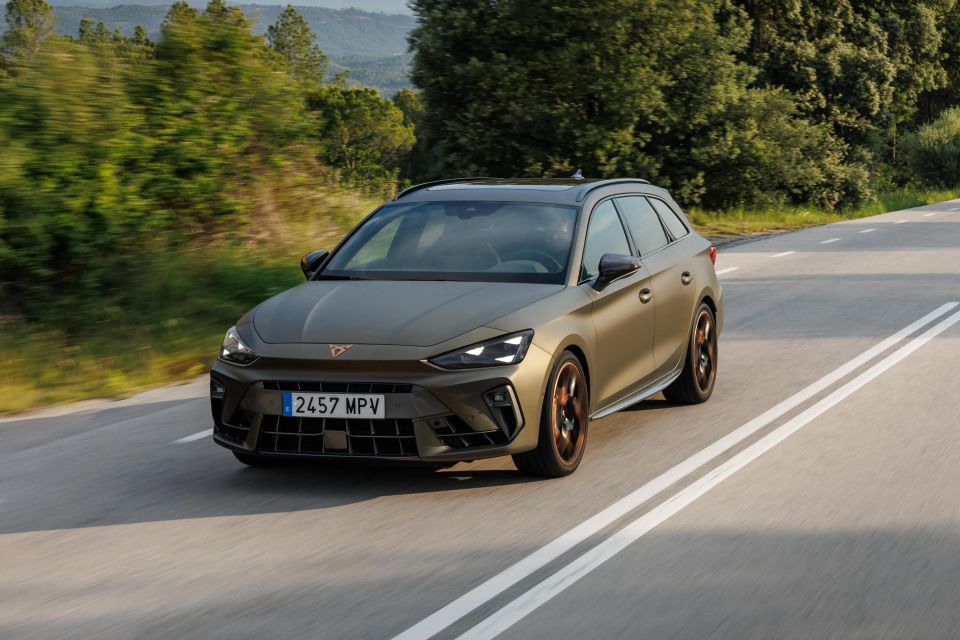
It uses a 1.5-litre eHybrid turbo-petrol four-cylinder engine that, in itself, delivers 130kW/250Nm. It combines with an electric motor (85kW/330Nm) that draws charge from a 25.8kWh (gross, or ~20kWh net) NMC battery pack.
All told, the maximum outputs are 200kW and 400Nm, and all of that has to get to the ground by way of a six-speed DSG dual-clutch auto and front-wheel drive.
Yep, that’s a lot to get down to the tarmac, but the claimed 0-100km/h time for this model is still a pretty sprightly 7.3 seconds.
But if you need a faster car, the VZx might be the go. It has a 2.0-litre turbo-petrol four-cylinder with 245kW and 420Nm, and uses a seven-speed DSG auto in combination with all-wheel drive, with a claimed 0-100km/h of just 4.8 seconds.
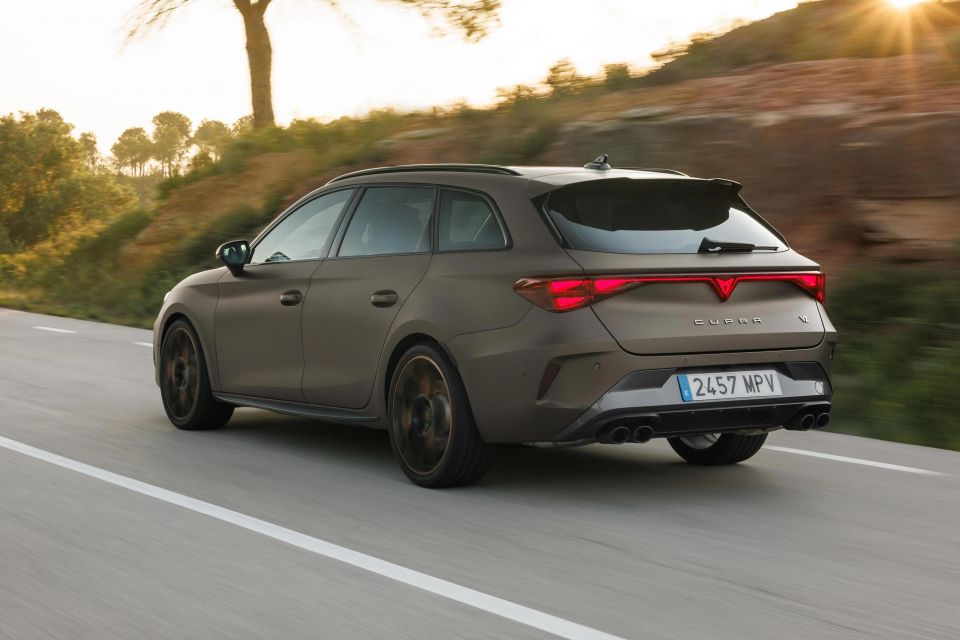
There’s no fuel use figure for it yet, but there’s more you need to know about the PHEV.
So, the claimed EV driving range from the battery is 120-124km WLTP, which is exceptionally good.
Even so, the VZ e-HYBRID has an official fuel use number of 0.4 to 0.5 litres per 100km, but as we’re now seeing in the specs of some brands, there’s also a ‘battery depleted’ or ‘charge sustaining’ mode number, which is 5.5-5.6L/100km.
On this test, the VZ e-HYBRID eclipsed 100km of EV driving, including some spirited testing. Beyond that, a group of media swapped in and out of it, and it returned a mindblowing average of 4.8L/100km over more than 250km of total driving.
For someone like me – a person who loves to drive and enjoys family getaways on the road, but dreads the commute and the costliness of running a performance petrol in those situations – this could be the ideal solution.
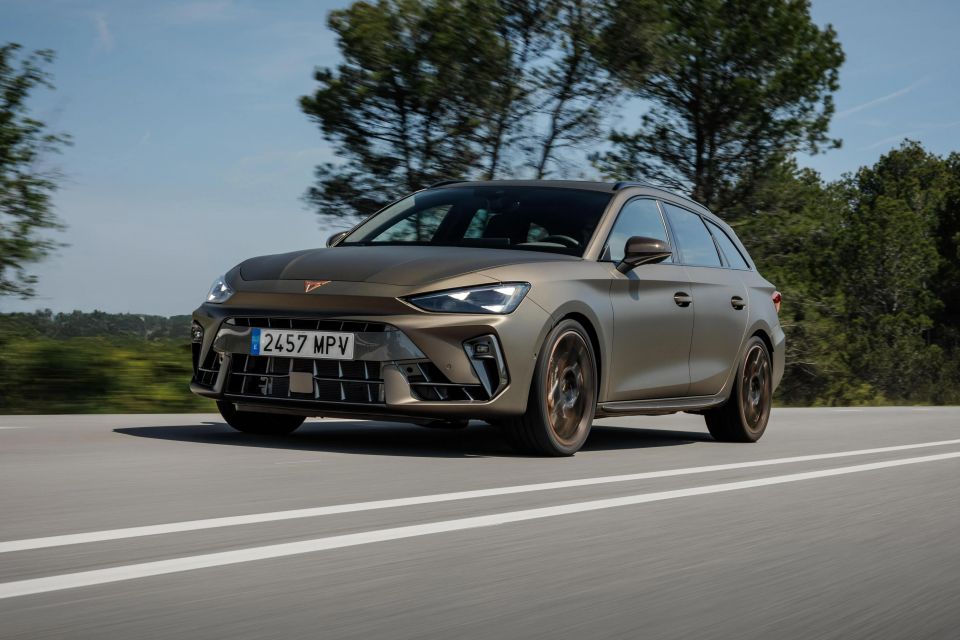
With a proper battery pack offering immense EV driving range and the car primarily defaulting to EV when it’s charged up, you could be able to get to work and back without using a drop of liquid fuel.
That level of range makes it a more serious starter compared to the last VZe, which had about 50km of range. Still usable for some, but not most.
And as stated, the ‘once the battery is depleted’ efficiency was bloody Prius-like, so there’s no complaints about the powertrain in those instances.
Nor when it comes to asking a bit more of it in fun driving, apart from the fact that 200kW/400Nm is stretching the friendship of the tyres, and thankfully the Bridgestone Potenzas fitted to the test vehicle definitely did it justice.

Even so, there’s a bit more chatter and communication at the tiller when you’re trying to get things grooving in twisty corners, and the progressive steering system makes for involving progress, too.
It is a touch heavy feeling, too, which isn’t surprising considering this wagon model weighs 1756kg, where the VZx with AWD hits the scales at just 1651kg. And as you’d expect, with as much grunt as this powertrain has, it’s fast. Not neck-snapping in a straight line, but you can slink through esses with more speed than you might expect, such is the prowess of this chassis. And of course, there are multiple drive modes to play with as well.

Out test vehicle was fitted with the optional Brembo brake package, which still wasn’t the most ideal experience for me. There’s an airiness at the top of the pedal in any hybrid or EV model because of the regenerative braking system, and so it just didn’t feel like it had the bite I’d like for serious driving.
But in more sedate commuting and touring in and between towns, the regen system was great. Just be mindful that, like a lot of current VW Group products, it can be a little loud on rougher road surfaces.
Final specs and details aren’t confirmed for Australia yet.
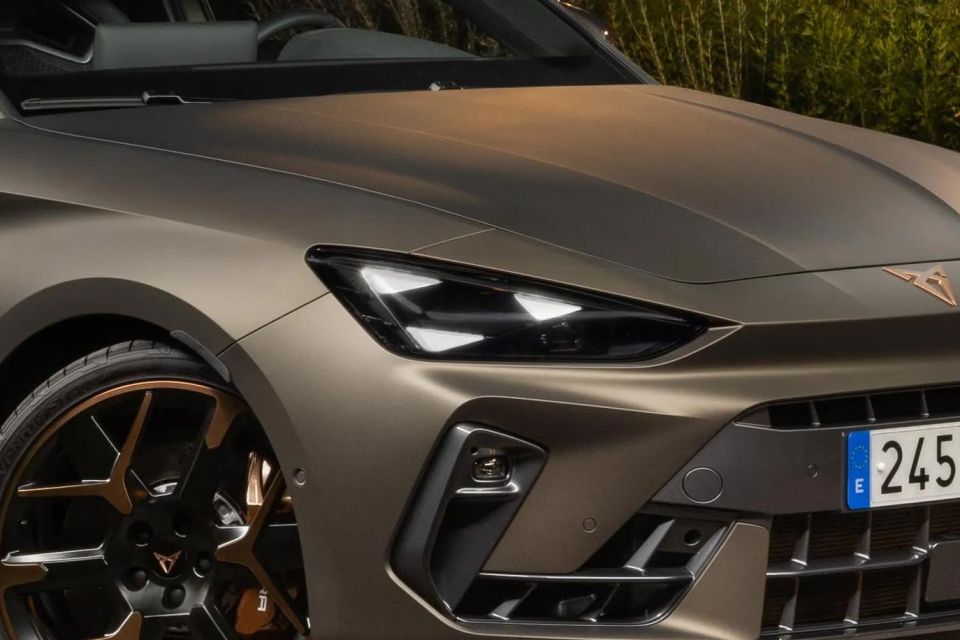
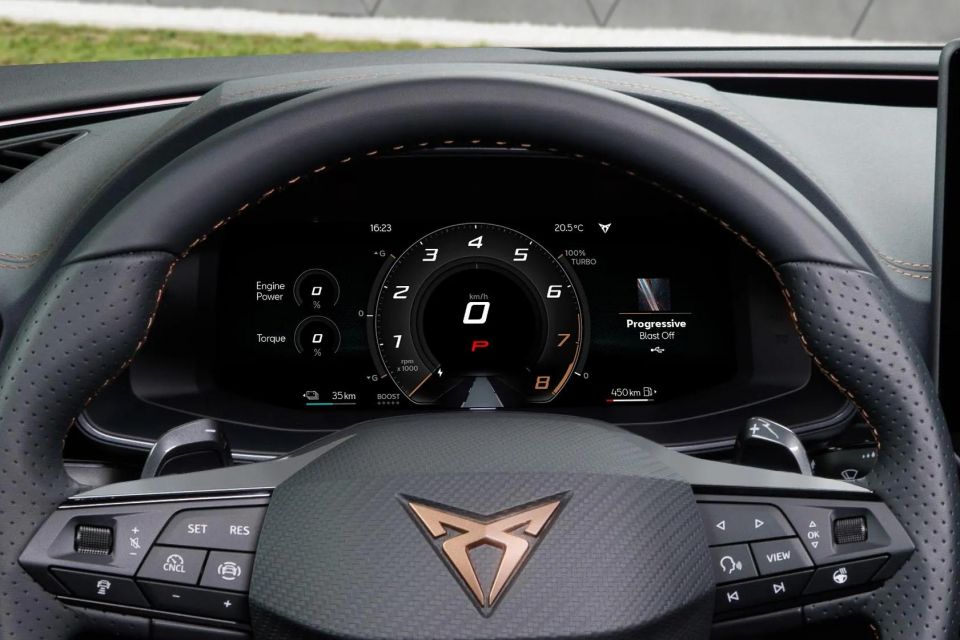

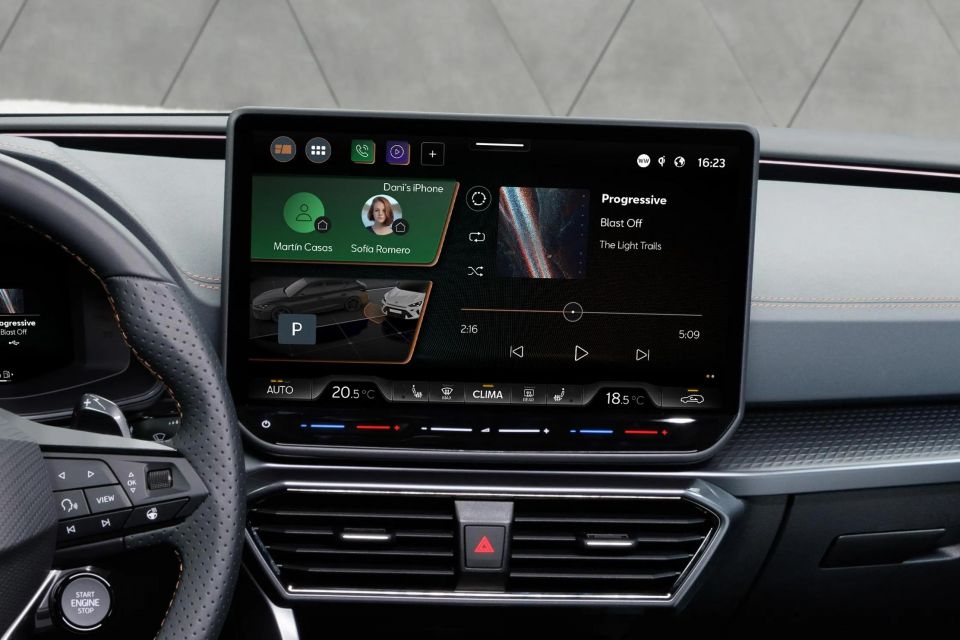
Cupra Leon Sportstourer highlights:
The existing Leon range has a five-star ANCAP rating from 2020.

Where expert car reviews meet expert car buying – CarExpert gives you trusted advice, personalised service and real savings on your next new car.
| Category | Cupra Leon |
|---|---|
| Adult occupant protection | 91 per cent |
| Child occupant protection | 88 per cent |
| Vulnerable road user protection | 71 per cent |
| Safety assist | 80 per cent |
Standard safety equipment includes:
There are seven airbags fitted – dual front, front centre, front side, and curtain airbags for both rows of seats.
The aftersales provisions that Cupra Australia offers for the current Cupra Leon range should offer a good guide as to what to expect for the new Sportstourer models.
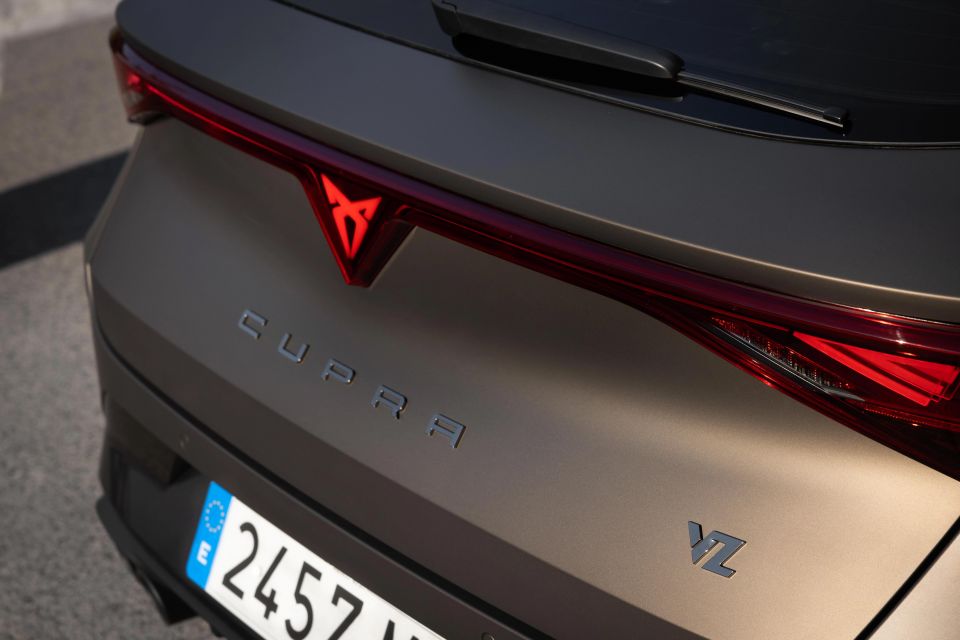
There’s a five-year/unlimited kilometre warranty, and for PHEV and EV models the brand offers a high-voltage battery warranty for eight years/160,000km, guaranteed for a 70 per cent state of health by the end of that period.
Prepaid servicing is available, with the choice of three years/45,000km for $990, or five years/75,000km for $1990. Those are the current rates, but they’ve been stable for a while now.
You get five years of roadside assistance for a Cupra, as well.
The Cupra Leon Sportstourer VZ e-HYBRID proves hybrids don’t have to be boring.
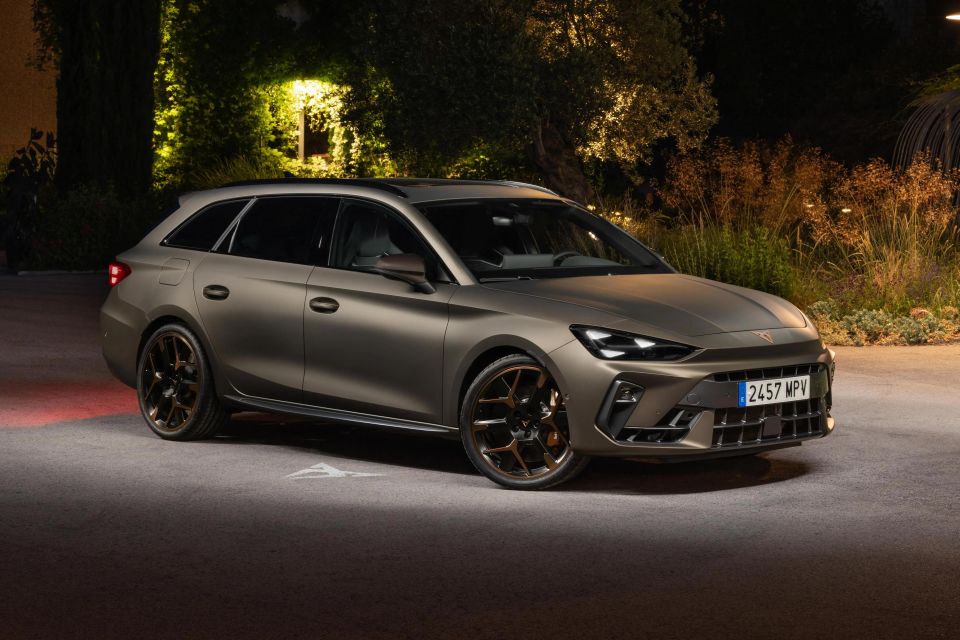
This thrilling and lovable wagon is fun, fast and properly frugal, and if the price is enticing, it might be a fantastic fit for many family finances, as well.
Interested in buying a Cupra Leon? Get in touch with one of CarExpert’s trusted dealers here.
Click the images for the full gallery
MORE: Everything Cupra Leon
Where expert car reviews meet expert car buying – CarExpert gives you trusted advice, personalised service and real savings on your next new car.
Matt has more than a decade of experience in automotive journalism, and loves exploring the pros and cons of new cars, delving into deep-dive industry stories, and going for a drive just for the fun of it.


Anthony Crawford
6 Days Ago


Matt Campbell
5 Days Ago


James Wong
4 Days Ago


Max Davies
2 Days Ago


Josh Nevett
1 Day Ago
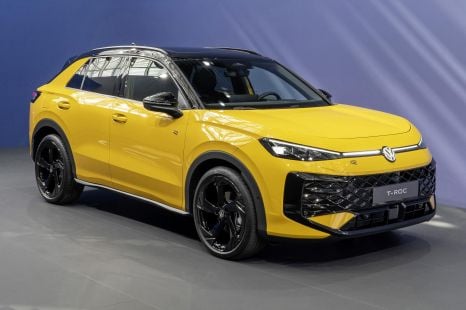

Derek Fung
14 Hours Ago